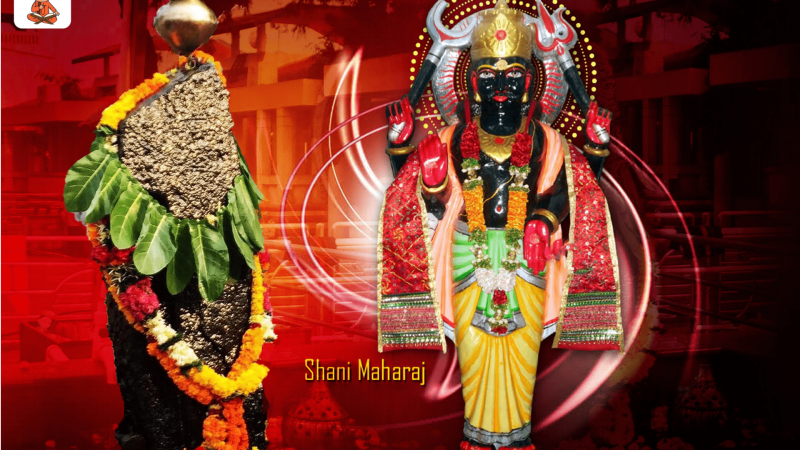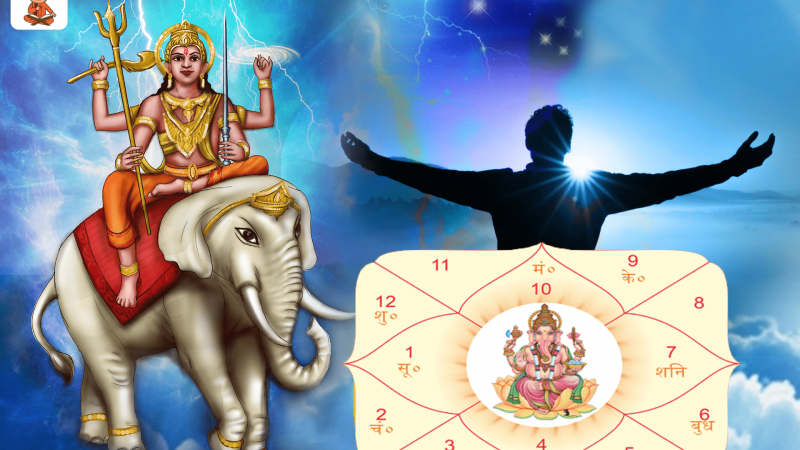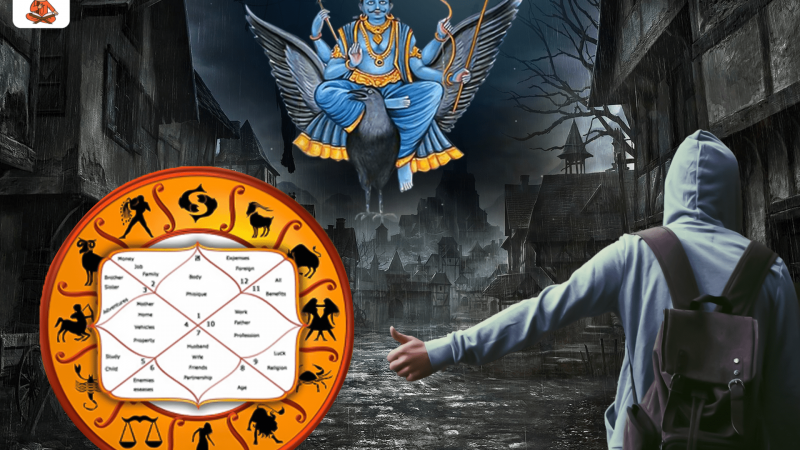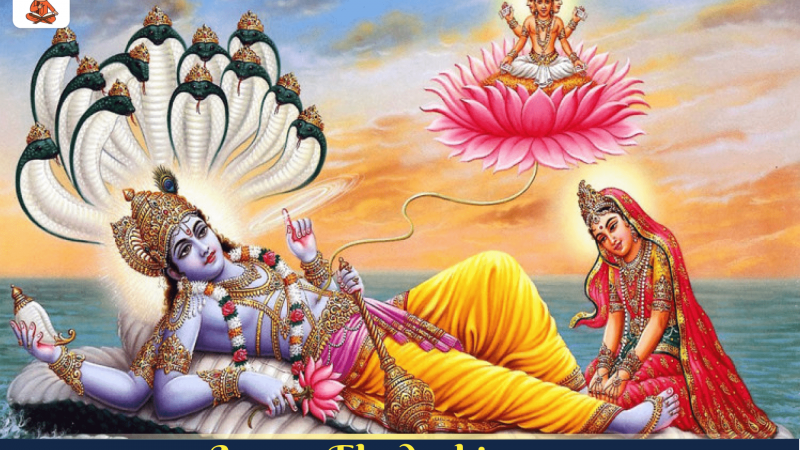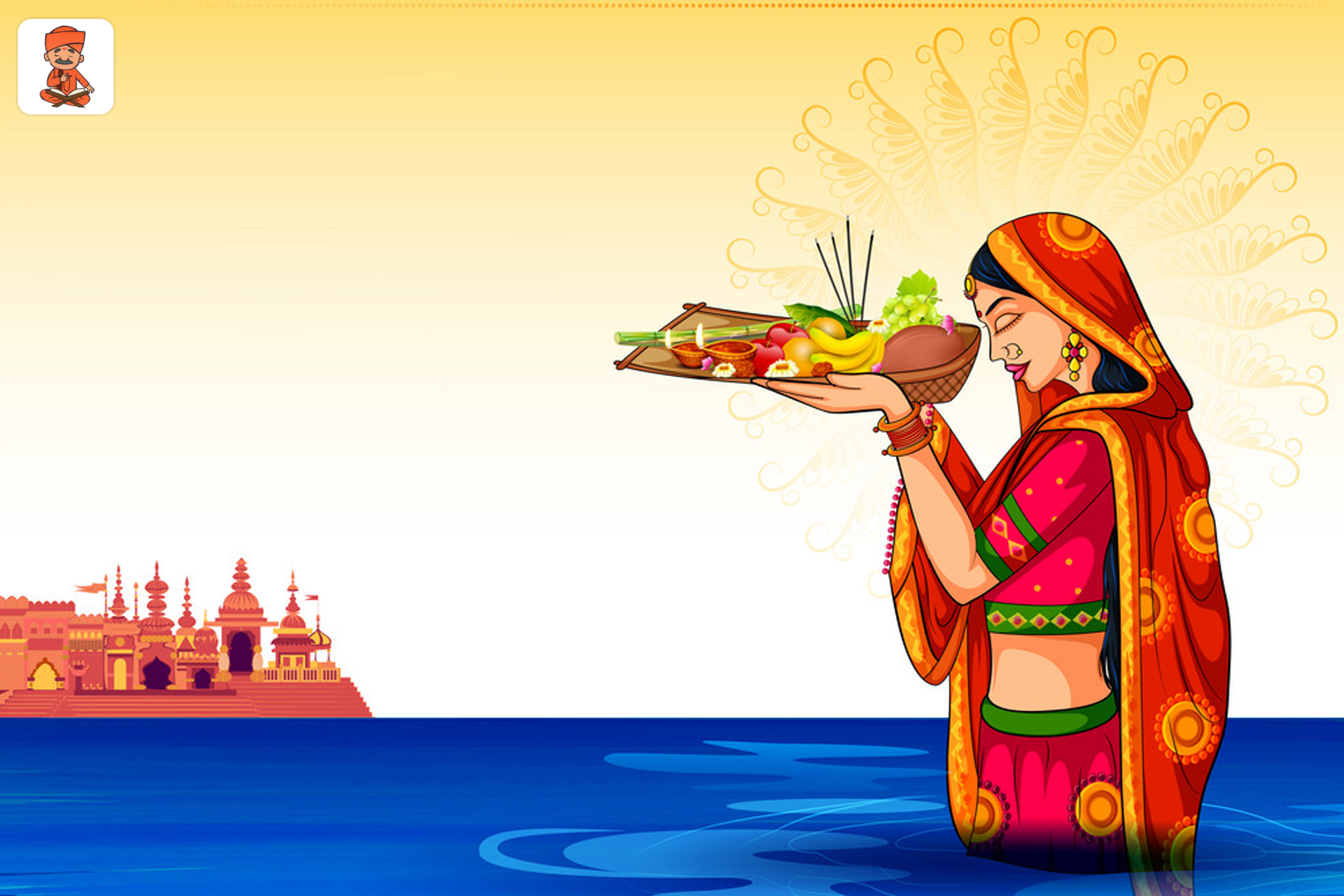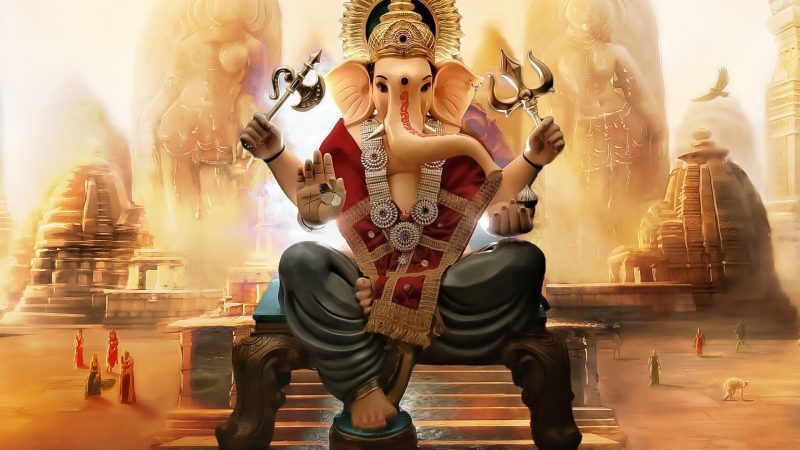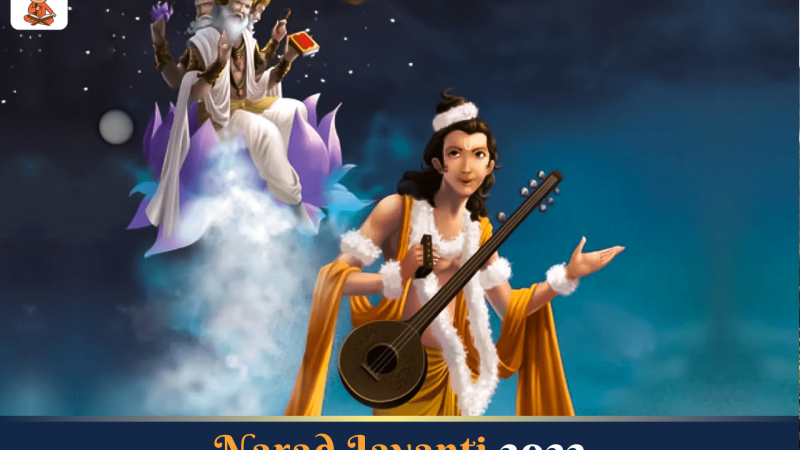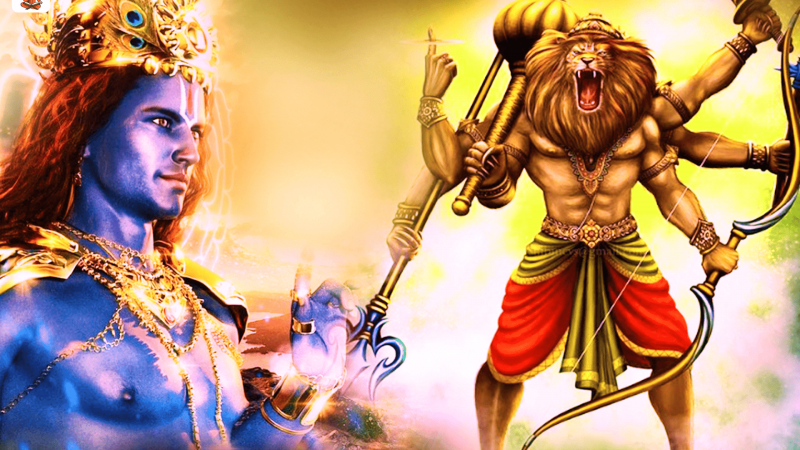Chhath Puja is a unique festival in the culture of Indians. This festival is dedicated to Sun God and Shashthi Devi. The tradition of celebrating this festival is to thank God for sustaining life on earth. Surya is considered to be the god of light. Surya and Shashti Devi are worshipped on this day to promote well being and prosperity in the life of human beings.
It is often celebrated a week after Diwali. Chhath Puja has special significance in Indian culture, especially in the Bihar region. Chhath is the most revered and sacred festival of Bihar. This day is considered a symbol of worship of the Sun God. They believe that the sun is also a source of healing which helps in curing many diseases.
According to Vedic astrology predictions, the rituals of this puja last for four days. In this, the devotees express their gratitude to the sun. Chhath means six in the Hindi language. Hence this festival is celebrated on the sixth day of the month of Kartik. Chhath Puja involves strict observance of fasting for 24 hours without water. A period of restraint and isolation from home for two days has to be observed. It is also believed that in this only the ritual of bathing in the holy water of the Ganges is performed.
Chhath Puja: Chhath Vrat Story

Many mythological religious stories are prevalent in relation to Chhath fast. Some stories say that Gayatri Mata was born on the day of Surya Shashthi. On this day Gayatri Mantra was recited from the mouth of Rishi Vishwamitra. Its most prominent mention is found in Mahabharata and Ramayana.
According to Mahabharata: At the time of Mahabharata, when the Pandavas lose their gamble everywhere, they have to go through very difficult situations. Then Draupadi observes Chhath fast to get rid of all these troubles. By doing this, all their wishes are fulfilled and the Pandavas get their royalty and respect again.
According to Ramayana: Lord Shri Ram returns to Ayodhya after the victory of Lanka. On the coronation of Rama, Shri Ram and Sita Ji worshipped the Sun on the day of Surya Shashthi to get a stunning son.
According to another legend: King Priyavad had no children. So sage Kashyap asked him to perform Putreshti Yagya and gave his wife Malini to eat the kheer prepared for the sacrifice. By which they get a son. But the child was born dead, due to which King Priyavad’s son got distraught with the separation and started giving up his life. At that very moment, God’s Manas Kanya Devasena appears there. She tells the king that she is Shashti, so you worship me, due to which you will get freedom from this grief. According to the statement of the goddess, the king fasted on Goddess Shashti with the desire of a son, due to which he got the son Ratna. It is believed that this worship was done on the day of Kartik Shukla Shashthi, due to which it was important.
Significance of Chhath Puja

It is such a belief that if worship is done with a sincere heart, then a person gets the desired result. The special significance of Chhath Puja is that on this day mothers keep a fast for the happiness, prosperity, peace and long life of their children and the entire family. This fast is very difficult. Special purity is taken for even small work related to fasting. Worshipping the sun or giving water is also considered beneficial from a scientific point of view. In most states of India, people offer water to the sun daily with chanting of mantras. In this worship, the devotees have to go through a difficult sadhana.
According to Mahabharata, Lord Surya’s son Karna was the first person to perform Chhath Puja. He prayed to Lord Surya while standing in the water and exposing his body.
Read more: Sharad Navratri 2021: What Will Be Special This Time
Chhath Puja Vidhi

On the first day of the puja, devotees take a bath in the water bodies. After that, they prepare traditional prasad. Women eat the prasad first and then the whole family eats it.
On the second day, devotees observe a fast till the evening. People end their fast only after sunset. There is nothing to eat or drink before sunset. After worshipping the Sun and ending their fast, people again observe a hard fast of 36 hours.
On the third day of the puja, women mostly wear yellow saris. She prepares the food which is then offered to the sun. This day passes without eating or drinking anything after a long fast of 36 hours. Women take a dip in the water and offer fruits to the setting sun.
On the last fourth day of the puja, people gather on the banks of the river at sunrise. Prasad is offered to the rising sun. Then after performing all the rituals, people complete their fast by eating prasad.
A lot of delicious food is prepared for the people observing the fast. Thus ends the four-day festival of Chhath Puja.



